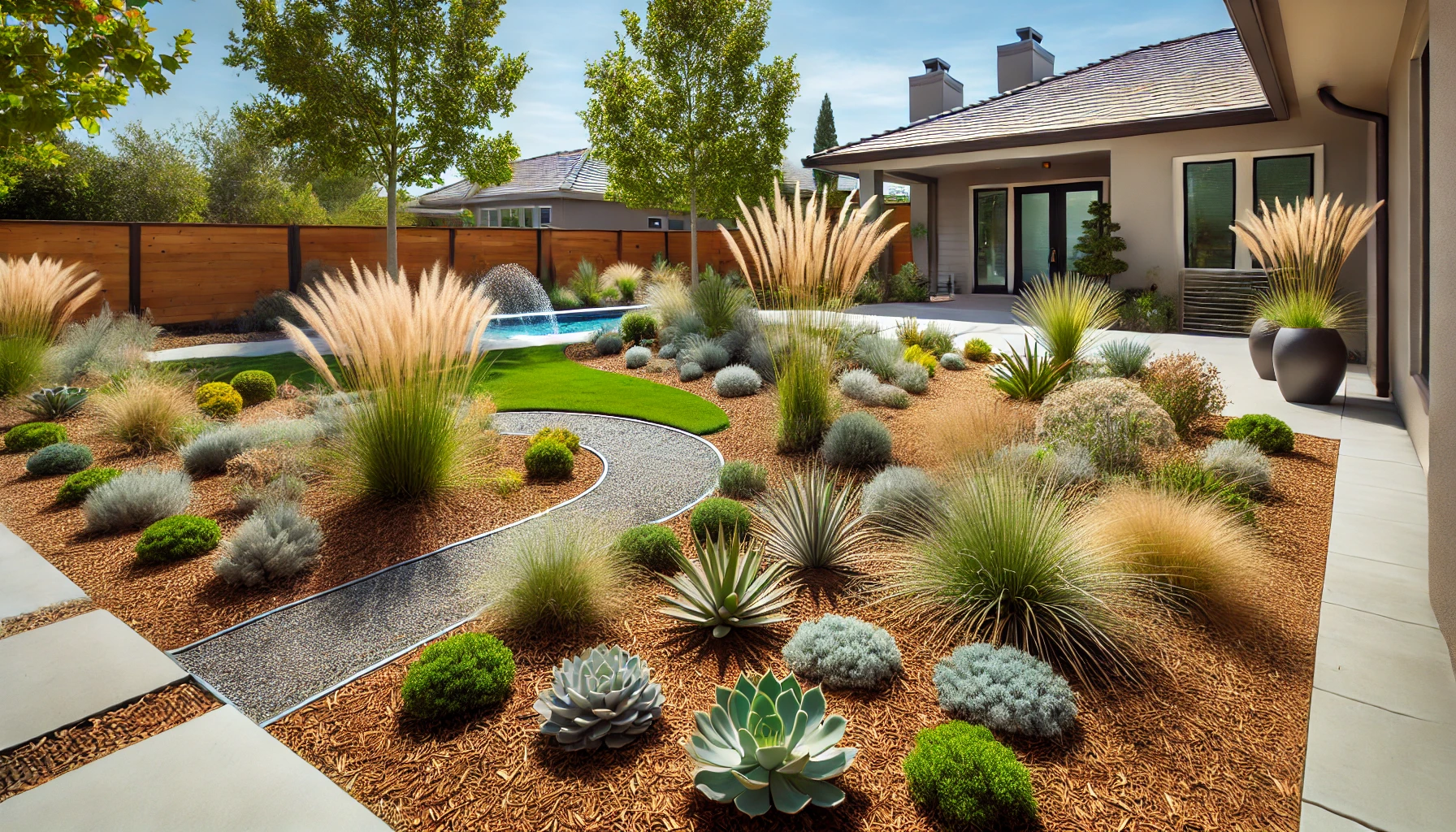Water Conservation Landscaping: Sustainable Design for Modern Yards
Water conservation landscaping, or xeriscaping, is a practical yet visually appealing approach to outdoor design. In an era where water is an increasingly precious resource, especially in drought-prone regions, sustainable landscaping practices have become essential. By adopting water-smart strategies, homeowners can maintain stunning outdoor spaces while significantly reducing water usage and maintenance requirements.
Why Choose Water Conservation Landscaping?
Water conservation landscaping is not just about saving water—it’s about creating an efficient, eco-friendly outdoor environment. As traditional lawns and high-maintenance gardens become less sustainable, xeriscaping provides an alternative that is both functional and beautiful. By using a combination of native plants, efficient irrigation systems, and smart design, you can achieve a stunning yard that thrives in any climate.
Key Elements of Water Conservation Landscaping
- Drought-Tolerant Plants: Incorporate succulents, cacti, lavender, and other native or adaptive plants that require minimal watering. These plants not only save water but also add unique textures and colors to your landscape.
- Efficient Irrigation: Drip irrigation systems deliver water directly to plant roots, reducing waste and ensuring optimal hydration.
- Mulching: Applying organic mulch around plants reduces evaporation, suppresses weeds, and keeps the soil cool.
- Permeable Surfaces: Use gravel, stone, or permeable pavers to allow rainwater to replenish the soil rather than causing runoff.
- Zoning: Group plants with similar water needs together to maximize irrigation efficiency.
Additional Benefits of Xeriscaping
Beyond water savings, water conservation landscaping offers a host of other advantages. Reduced maintenance means less mowing, weeding, and fertilizing, saving both time and money. A well-planned xeriscape can also attract pollinators like bees and butterflies, enhancing biodiversity and supporting local ecosystems.
Creative Aesthetic Ideas
Water-wise gardens don’t have to look barren. Add visual interest with features like stone pathways, garden sculptures, and vibrant blooms. Combining elements like gravel, boulders, and colorful flowers creates a harmonious and artistic appearance. Consider adding rain chains or dry creek beds to guide water naturally and add aesthetic appeal.
Conclusion
Water conservation landscaping is the perfect fusion of sustainability and design. With thoughtful planning and the right elements, you can create a yard that is not only water-efficient but also a stunning showcase of nature’s beauty. Start your transformation today and enjoy the benefits of a greener, smarter yard.

